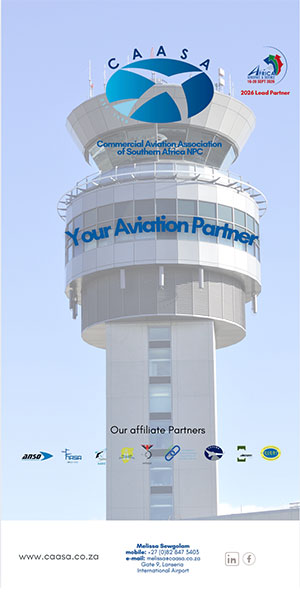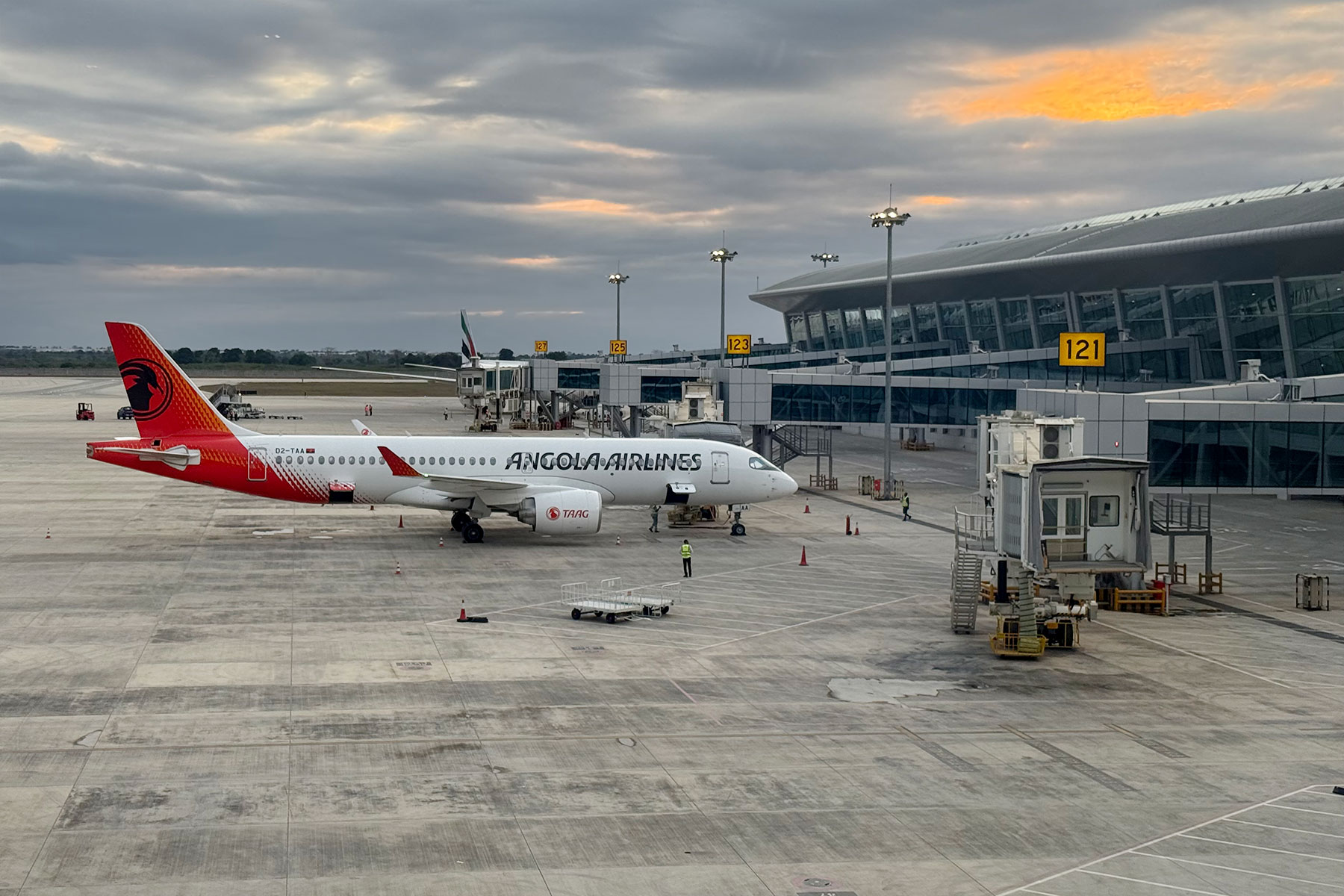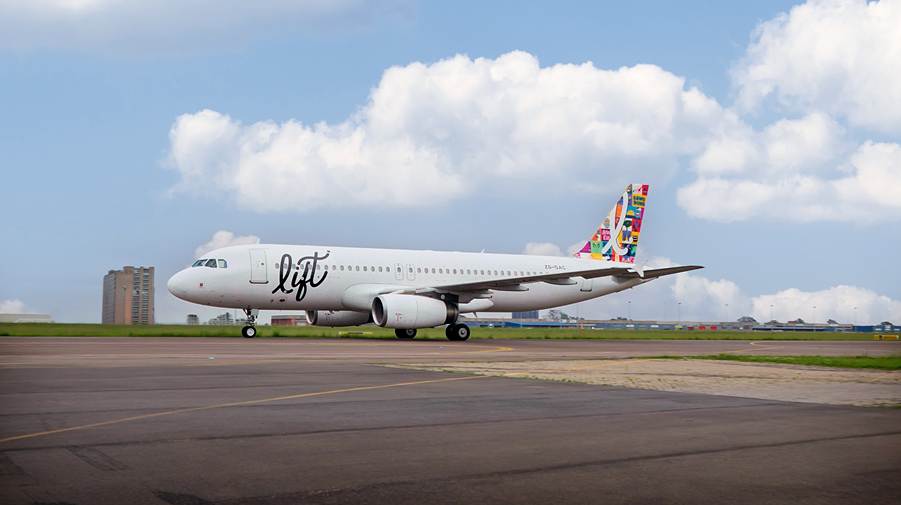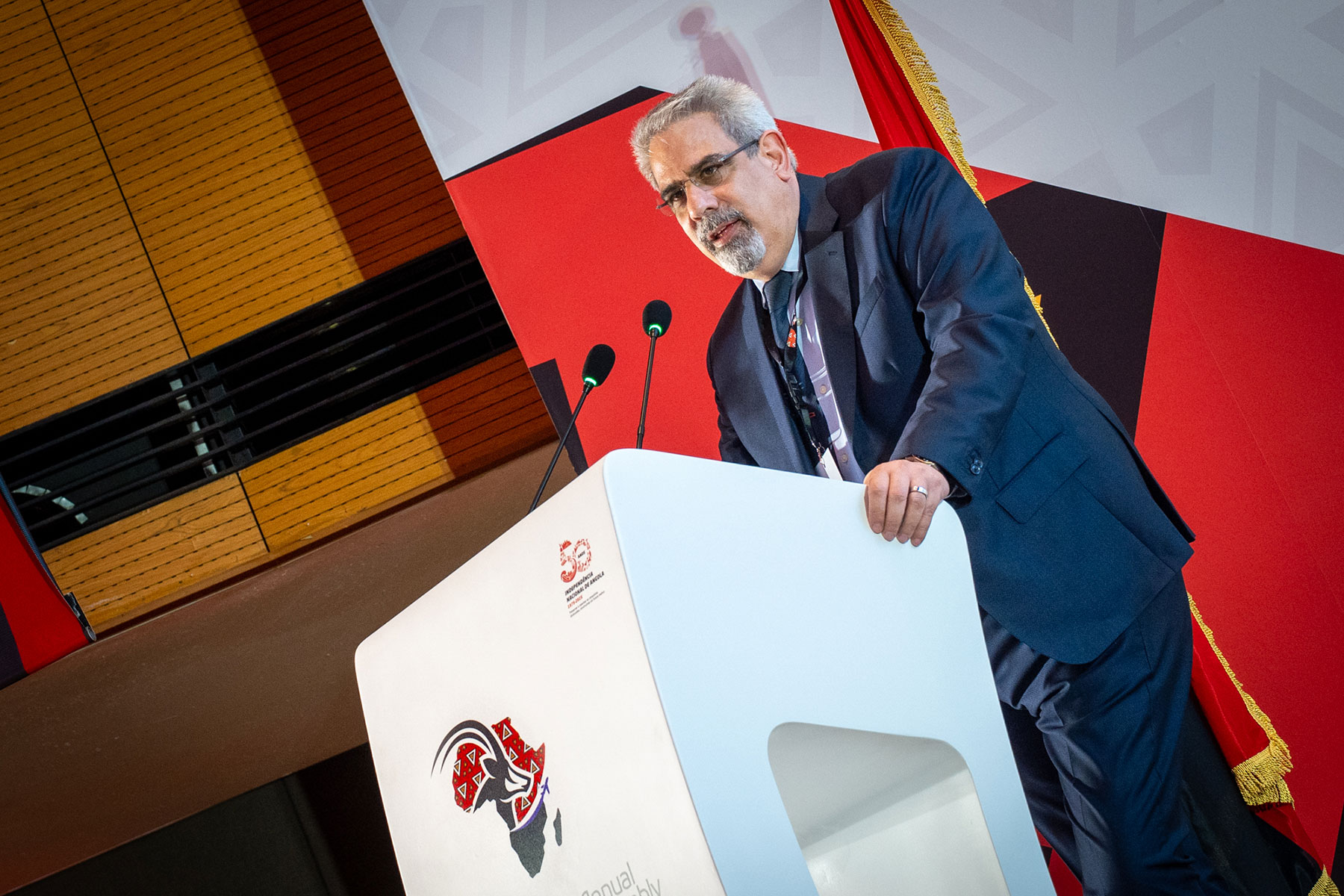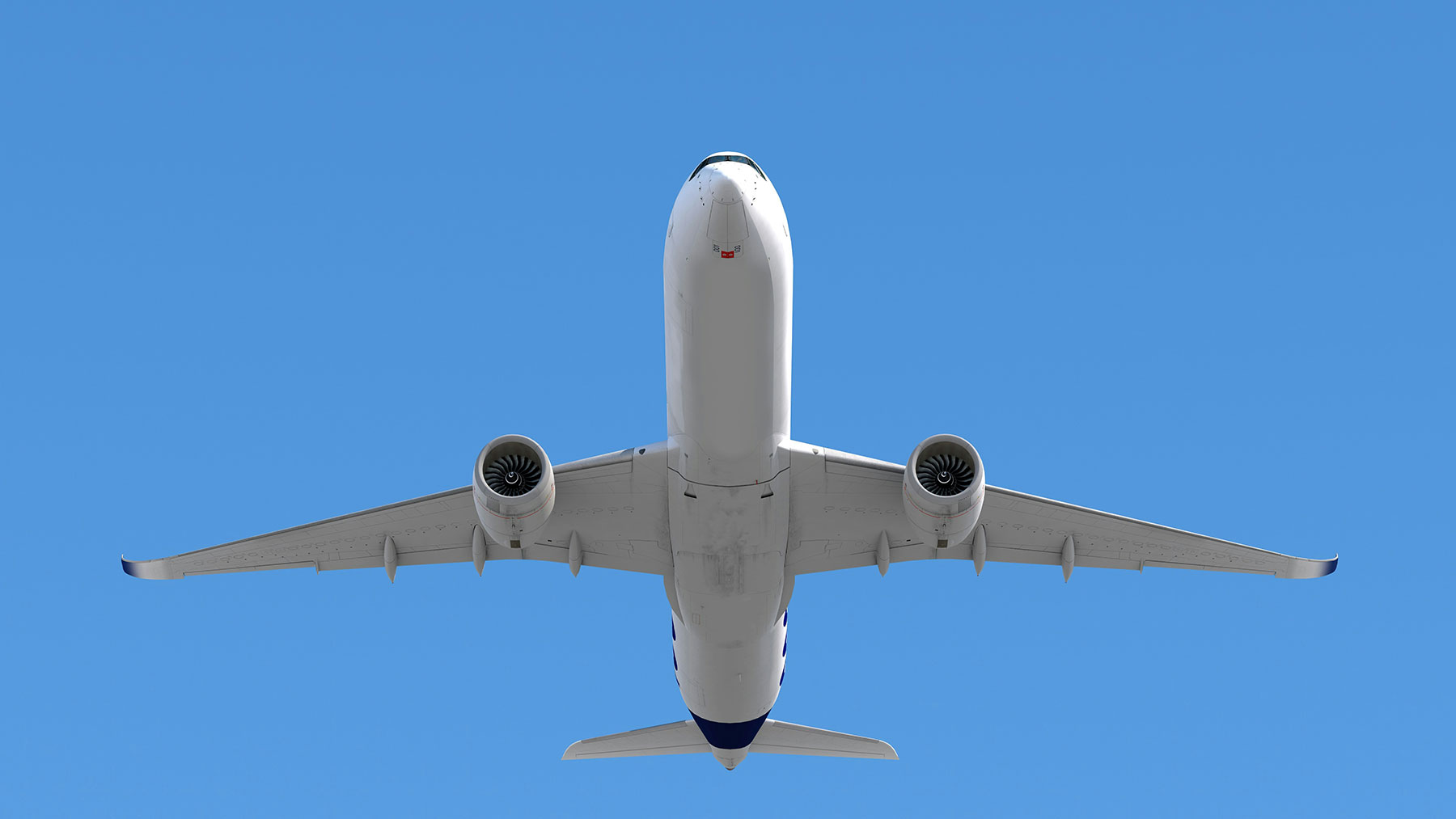South Africa may soon usher in a new era of aviation reform, as the Department of Transport (DoT) opens its Draft Comprehensive Civil Aviation Policy for public comment. Released on 23 May 2025, the draft sets out a long-term strategy to modernise the sector, strengthen regulation, and position South Africa as a competitive player in the global aviation space.
The comment period has been extended to 11 July 2025, giving aviation stakeholders more time to provide input on the policy before it is finalised and submitted to Cabinet.
A Strategic Reset for a Recovering Industry
Prior to the COVID-19 pandemic, South Africa’s civil aviation sector was a vital contributor to the economy, supporting around 490,000 jobs and contributing R154 billion to GDP. While the pandemic significantly disrupted this momentum, the sector is now on a recovery path, with growing demand projected for both passengers and cargo by 2035.
Building on previous policy frameworks from 1996 and 2017, the new draft responds to challenges including technological change, environmental pressures, and shifting international aviation trends.
Key Proposals and Policy Reforms
The draft policy outlines a wide range of reforms across ten major areas:
Safety and Security
Although South Africa already boasts a 91.11% ICAO safety oversight rating, placing it top in Africa and among the top 20 globally, the draft calls for the creation of an independent accident investigation authority. This would bring South Africa in line with international standards for institutional independence.
Airspace Management
While Air Traffic and Navigation Services (ATNS) retains its mandate, the introduction of an Air Traffic Management Operational Concept will encourage more collaborative decision-making and routine updates to the National Airspace Master Plan.
Airport Infrastructure and Aerotropolis Development
The policy supports the creation of aerotropolis—urban hubs centred around airports—as drivers of economic growth. A National Airports Development Plan, due in 2026, aims to address fragmented planning and encourage better integration with national transport systems.
Environmental Sustainability
In line with its global climate commitments, South Africa is targeting a 5% reduction in international aviation CO₂ emissions by 2030, with a revised State Action Plan to be introduced.
Economic Regulation
The draft recognises challenges with the legacy “single-till” model for airport charges and calls for a review of economic regulation principles. This could result in fairer tariffs for airport services and air navigation fees, with knock-on benefits for airlines and passengers.
Air Freight Strategy
The DoT aims to handle 1.5 million tonnes of airfreight and move over 42 million passengers annually through airports by 2030. A dedicated Airfreight Strategy, to be developed with the National Logistics Crisis Committee, will focus on competitiveness and infrastructure improvement.
International Air Transport
The draft addresses long-standing gaps in policy on co-terminalisation and stopover rights. It also signals a cautious stance on “open skies” agreements with non-African states and bloc-wide agreements like those of the European Union, favouring more targeted bilateral approaches.
Inclusivity and Passenger Rights
The draft includes provisions for passengers with disabilities, unaccompanied minors, and other vulnerable groups. A dedicated forum will be established to ensure that aviation services are inclusive and accessible to all.
State-Owned Assets and Strategic Alignment
The policy proposes a whole-of-state governance model to coordinate strategy across state-owned aviation entities, including SAA, ACSA, ATNS and Denel, to better align with national development objectives.
Non-Commercial Aviation
The draft supports streamlined certification and revised service charges for non-commercial operators, recognising their role in training, emergency response, and rural connectivity.
Looking Ahead
Once public consultation concludes on 11 July, the Department of Transport will consider stakeholder feedback and may revise the policy accordingly. The final version is expected to be gazetted as a white paper by the end of 2025.
Supporting frameworks expected in 2026 include:
- National Airports Development Plan
- National Civil Aviation Transformation Strategy
- National Air Transport Strategy
While the draft policy lays a promising foundation for reform, its ultimate success will depend on effective implementation, political support, and sufficient funding to deliver on its ambitious objectives.




